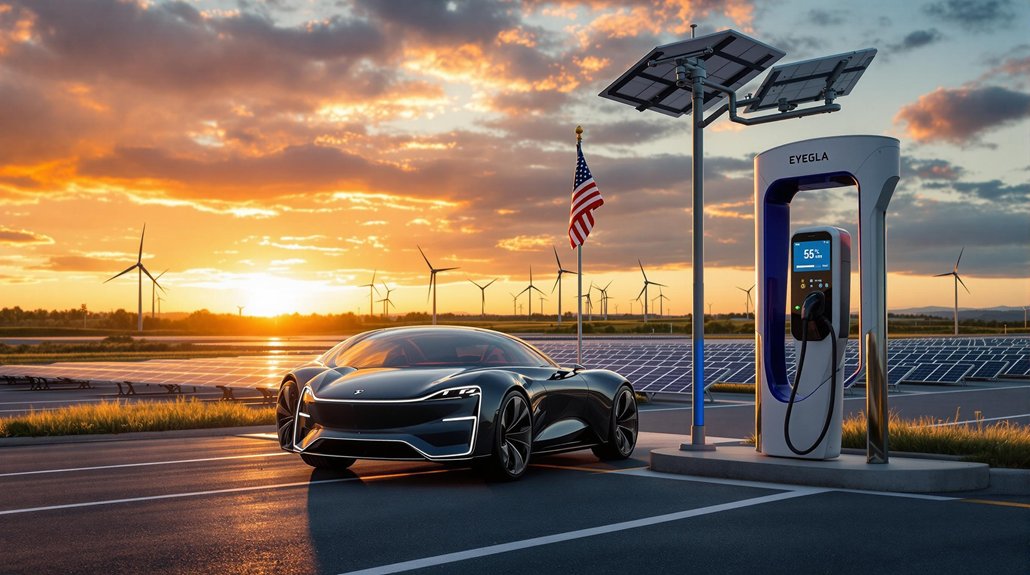While the UK government keeps promising an electric vehicle transformation, drivers without driveways are still stuck wondering where they’ll actually charge their cars. Good news though—about 100,000 new public charge points are specifically planned for folks living in flats and terraced houses. Because apparently, the government finally noticed not everyone has a cozy suburban driveway.
The numbers paint an interesting picture. Britain currently has 80,998 charging points scattered across 39,773 locations. Actually, the latest Zapmap data shows 76,840 charging points across 38,737 locations as of March 2025. That’s supposed to hit 300,000 by 2030. Ambitious? Maybe. But when 43% of existing chargers are hoarded by London and the South-East, you start to see the problem. Yorkshire and the Humber residents get a measly 65.6 chargers per 100,000 people. Meanwhile, Londoners enjoy 250.4 per 100,000. Fair? Not really.
The government’s Local Electric Vehicle Infrastructure programme is throwing money at local councils to fix this mess. They’re focusing on on-street and neighborhood charging solutions—finally acknowledging that millions of Brits park on streets, not driveways. This initiative supports the green revolution that’s making electric vehicles increasingly mainstream across the country. Currently, 26,318 chargers sit on-street, while another 35,995 destination chargers lurk in supermarket car parks and shopping centers. Not ideal for a quick top-up before work, but better than nothing. Interestingly, the Netherlands leads Europe with over 180,000 public charging points, showing what’s possible with proper investment.
Scotland’s leading the charge with 112.7 public chargers per 100,000 people. Northern Ireland? They’re stuck at 35.6 per 100,000. Ouch. The Department for Transport claims they’re prioritizing “equitable distribution” and targeting under-served areas. Translation: they’re trying to spread the wealth beyond London’s bubble.
Speed matters too. About 20% of public chargers are rapid devices pumping out 50kW or more. Great for quick charges. The government’s also sitting on a £950 million Rapid Charging Fund that hasn’t disbursed a penny yet. Classic bureaucracy.
Here’s the twist: only 80 of 114 motorway service areas met their 2023 charging targets. So much for those road trip dreams. But with rural and northern regions marked as deployment priorities, maybe—just maybe—the UK’s electric future won’t be completely London-centric.
Time will tell if these promises actually materialize into plugs and ports.
References
- https://www.zap-map.com/ev-stats/how-many-charging-points
- https://www.gov.uk/government/collections/electric-vehicle-charging-infrastructure-statistics
- https://www.gov.uk/government/statistics/electric-vehicle-public-charging-infrastructure-statistics-january-2025/electric-vehicle-public-charging-infrastructure-statistics-january-2025
- https://www.iea.org/reports/global-ev-outlook-2025/electric-vehicle-charging
- https://publications.parliament.uk/pa/cm5901/cmselect/cmpubacc/512/report.html








